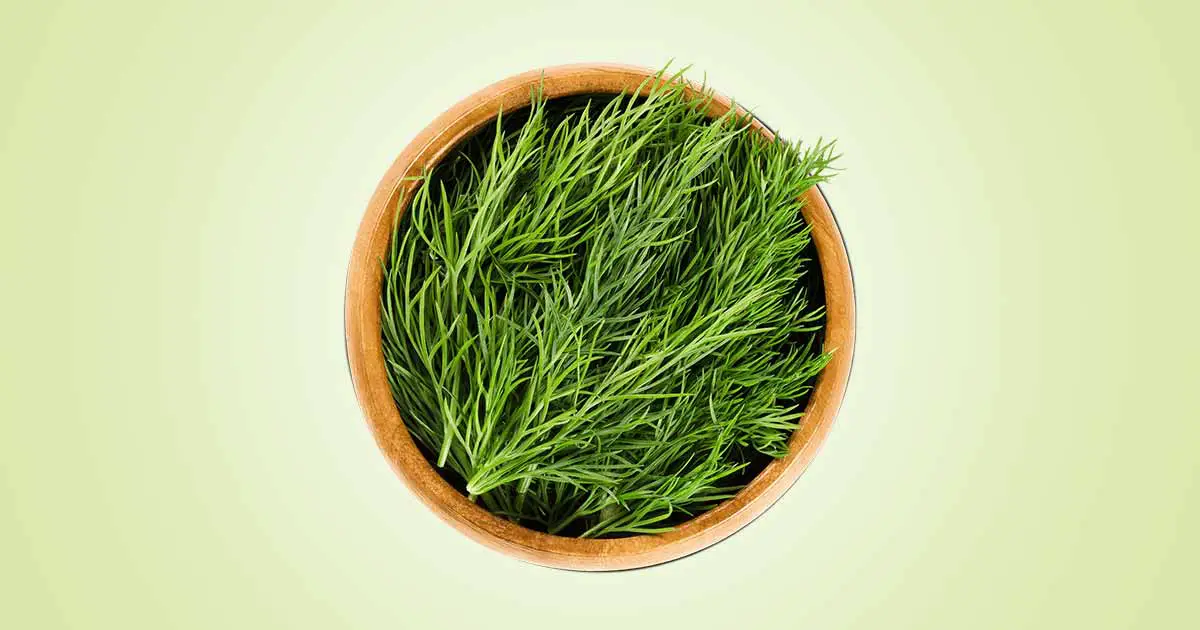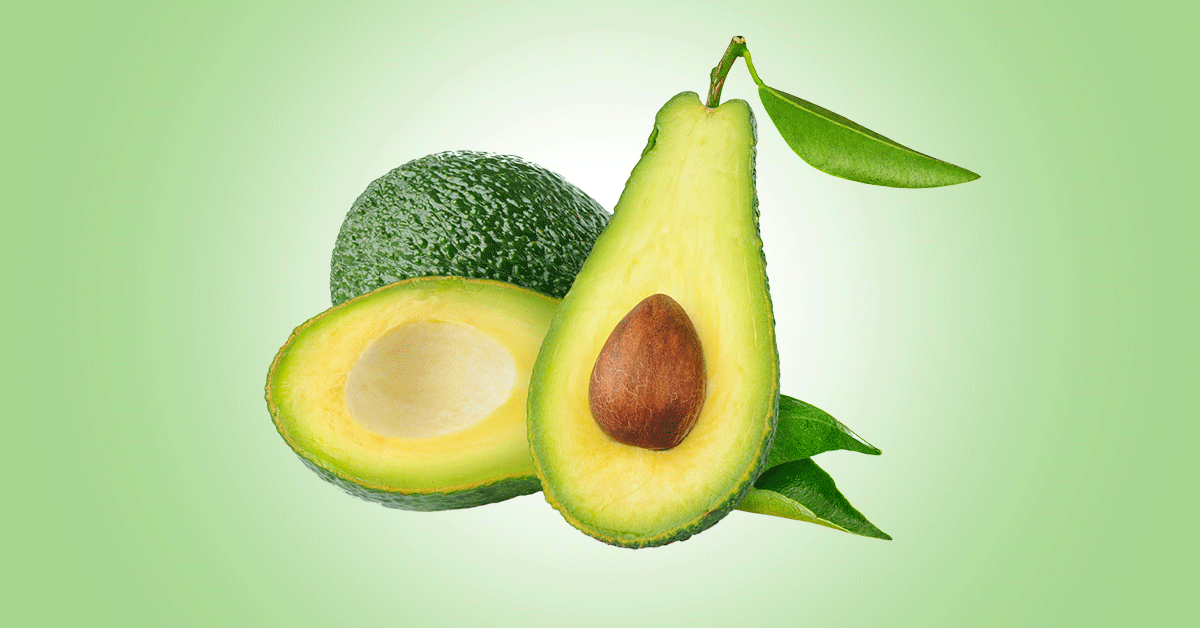Dill (Anethum graveolens) is an aromatic perennial herbaceous plant from the parsley family (Apiaceae or Umbelliferae). The flowering plant family also include cumin, carrot, fennel, caraway, parsnip, and celery. They have slender stems, finely divided leaves, and small white to yellow flowers in small umbles.
Dill is the only species of the genus Anethum, leading to some botanists classifying it under the genus Peucedanum as Peucedanum graveolens (L.). It is also called Anethon of Dioscorides. Two closely related species include European dill (Anethum graveolens) and Indian dill (A. sowa).
The name dill is believed to originate from a Norse or Anglo-Saxon word ‘dylle’ which means to soothe or lull, due to the carminative effect of the herb in relieving gas. Other local names of dill include dillby, Sapseege soppu, “shepu” or “sowa” (Asia)
Anethum graveolens plant can grow up to 60 cm height. It has a slender stem, with alternate, finely divided, and softly delicate leaves. Flowers are white to yellow, in small umbels. Dill seeds are flat, oval, tan to dark brown, thick, straight to slightly curved with a longitudinally ridged surface. They are not true seeds, but actually the halves of the dried fruit of the plant called schizocarps.
The plant grows in well drained soil, and loose soil. It needs warmth and good amount of sunlight. The propagation is by seeds.
Anethum graveolens is native to the Mediterranean, Eastern Europe, Central Asia, southern Russia, and west of Africa. It was used in the ancient Greek and Roman cultures as a healing herb and as a sign of wealth. It is now cultivated in the US, Japan, Europe, India, Pakistan, Canada, Italy, Spain and Portugal.
Dill is both a culinary spice and a medicinal herb. It is a popular herb in the Scandinavia, North Africa, Central Europe, Asia. As a culinary herb, the seeds have strong pungent smell and bitter taste, used for flavoring pickles (dill pickles), sauces and making dill vinegar.
The dill leaf also called dill weed is aromatic and are used to flavor meat, sauces, pickles, soups, salads, fish dishes, pies, sandwiches, vegetables. The leaf is best used fresh, as drying or even cooking can cause loss of flavor. However, by freeze drying, the flavor can be retained.
The essential oil from the seed (dill seed oil) and leaf (dill leaf oil) are used as a medicinal herb, a flavoring agent and in perfumery, soap and detergent making.
As a medicinal plant, it is used to relieve gas, soothe the stomach after meal, cure bad breath, piles, mental diseases, increase breast milk flow in nursing mothers, as antispasmodic, diuretic, in cold, cough and flu. It is an ingredient of gripe water to relieve colic in babies, and flatulence in children. It has antibacterial property similar to garlic.
In Ayurvedic medicine, it is used for treating ulcer, uterine pains, eye problems, rheumatic, and swellings of joints.
Composition of Dill (Anethum graveolens)
Nutritional Composition
A 100g of fresh dill leaves contains 86 g of water, 7.02 g of carbohydrates, 1.12 g of fats, 3.46 g of proteins, 2.45 g of ash, 2.1 g of dietary fiber, and 43 kcal of energy.
Minerals: Calcium (208 mg), potassium (738 mg), phosphorus (66 mg) is abundant. There are good quantities of sodium, magnesium, zinc, copper, manganese, and iron.
Vitamins: High quantity of vitamin C (85 mg), folate (150 µg), vitamin A (386 µg). Other vitamins present include thiamine, riboflavin, vitamin B-6, niacin, and pantothenic acid.
Other Composition
The oil is pale yellow but darken on storage. It has a hot acrid taste.
Dill seed unlike the leaf contains 60 percent carvone and up to 40 percent limonene but no phellandrene and other monoterpenes. Heating the seed brings out the aroma, unlike the leaf where it is destroyed.
Dill Seed:
The main flavor producing compounds in dill seeds are α-phellandrene, limonene, dill ether, myristicin. Phellandrine is in the English and Spanish oil, but not in the German oil. Dill and caraway oils has similar odor and composition, limonene and carvone, but dill has less carvone than caraway.
The components of the essential oils include carvone, α-phellandrene, limonene, trans-dihydrocarvone, anethole, α-pinene, camphor, p-cymene, cis-dihydrocarvone, dill ether, myrcene, dillapiole, apiol, linalool, terpinolene, myristicin, α-Thujene, carvacrol, b-terpineol, camphene, β-caryophyllene, estragole, D-germacrene, D-germacrene, α-humulene, β-bisabolene.
The dill flower extract contains phenolic acids such as gentisic acid, sinapic acid, benzoic acid, p-anisic acid, gallic acid, chlorogenic acid, caffeic acid. There are flavonoids such as kaempferol, myricetin, quercetin, apigenin, luteolin, catechins, epicatechin
Other constituents include flavonoids, glycosides, reducing sugars, phenolic acids, alkaloids, tannins, saponins, coumarin, terpenoids, steroids, phlobatannin, anthraquinone.
Health Benefits of Dill Seed and Leaves
Antimicrobial effect:
Constituents in the Anethum graveolens has broad-spectrum antibacterial activities and inhibits Staphylococcus aureus, Salmonella typhimurium, Streptococcus, Escherichia coli, Pseudomonas aeruginosa, Salmonella typhii, and Shigella flexneri.
This is attributed to constituents such as dillapiole and anethole, with polar functional group that form hydrogen bonds with active sites of the target enzyme.
Antioxidant effect:
The dill seed contains phenolic proanthocyanidins, and flavonoid compounds, quercetin and isoharmentin, with radical scavenging property and lipid peroxidation inhibitory activities. They prevent oxidative diseases such as cancer, cardiovascular diseases and cancers.
Hypolipidemic effect:
Anethum graveolens has lipid lowering and cardioprotective effect in animal studies using dill powder and its essential oil on male Wistar rats fed a high cholesterol diet.
It reduced total cholesterol, triglyceride, and low density lipoprotein cholesterol (LDL-C). It also increased significantly high density lipoprotein cholesterol. (Valiollah Hajhashemi et al. 2008).
Also, it inhibits intestinal cholesterol absorption, bind bile acids in the intestine, and increase in fecal excretion. Constituents such as carvone, limonene, or α-phellandrene may be responsible for the effect.
Antidiabetic effect:
Mishra et al. reported that the extract of Anethum graveolens significantly reduced blood glucose levels in diabetic mice. This could be attributed to the antioxidant effect. Carvone is believed to be the anti-diabetic compound.
Anethum graveolens also reduced fructosamine which is used to measure hyperglycemia in diabetic patients. It may also inhibit intestinal glucose absorption.
Prevents AGEs formation:
AGEs formation (Advanced glycation end-products) has become something of an interest due to the role in cancer, diabetes, cardiovascular diseases and neuro degenerative diseases. Fructose and its metabolites are important precursors for AGEs formation.
Dill extract reduced AGEs formation, and fructosamine levels (dose dependent) and free thiol groups. It also shows iron chelating capacity.
Polyphenols in the Anethum graveolens could be responsible for the inhibition of the AGEs formation.
Anti-inflammatory effect:
In a rat induced with inflammation by injecting formalin in the paws, the Anethum graveolens oil showed anti-inflammatory effect. It reduced IL-1 and IL-6 secretion, NO production and iNOS mRNA expression (Li, Lu, et al., 2018).
Wound healing:
Anethum graveolens oil accelerated wound healing in wounds infected with methicillin-resistant Staphylococcus aureus (MRSA). It inhibited the bacteria, reduced the wound area by inhibiting inflammation, increasing the re-epithelialization process, angiogenesis, and the deposition of both fibroblast and collagen (Manzuoerh et al. (2019)
Hepatoprotective effect:
Rabeh et al. (2014) reported that Anethum graveolens oil decreased the levels of aspartate transaminase (AST) and alanine aminotransferase (ALT), and increased the levels of the serum total protein and albumin when administered to rats induced with hepatotoxicity using CCL4.
Insecticidal activity:
Essential oils in Anethum graveolens repels and destroys the larvae and adults of Tribolium castaneum, the wheat flour insect pest.
Carminative effect:
Anethum graveolens oil prevent foaming and has carminative effect. It can relieve discomfort and distension in the gastrointestinal tract.
Relieves bloating and flatulence:
Anethum graveolens oil reduces flatulence, bloating and intestinal pain. In a study by Fazel et al., 2017, using women who have undergone cesarean section, the oil helped to reduce the intensity of flatulence.
Treatment of colic and hiccups in infants:
Dill essential oil is an ingredient in gripe water, a mixture which is used to relieve hiccups and colic in infants.
Galactogogue effect:
The Anethum graveolens oil is believed to increase the milk flow in nursing mothers.
Prevent emesis (vomiting):
Anethum graveolens is used to treat emesis alongside honey. Pickled seeds with vinegar are also used in managing nausea.
Spasmogenic effect:
The essential oils of Anethum graveolens has spasmogenic effect in vitro on smooth muscle of rat isolated phrenic nerve diaphragm (Lis-Balchin and Hart, 1997).
Drug Interaction
- Lithium excretion may be decreased by dill herb
- Dill herb and antidiabetic medications (glimepride, insulin, metformin, and glyburide) both lower sugar levels. Using both together can cause extreme lowering of sugar levels to dangerous levels.
Side Effects
Dill is safe when consumed by mouth. However, some people may be allergic to it. It can also cause skin irritation when applied to the skin and may increase skin sensitivity, possibly leading to sunburn.
References
- https://fdc.nal.usda.gov/fdc-app.html#/food-details/172233/nutrients
- https://www.newworldencyclopedia.org/entry/Dill
- https://www.tandfonline.com/doi/full/10.1080/10942910903474401
- https://www.botanical.com/botanical/mgmh/d/dill–13.html
- https://www.ncbi.nlm.nih.gov/pmc/articles/PMC4912652/
- https://www.ncbi.nlm.nih.gov/pmc/articles/PMC5088306/
- https://www.ncbi.nlm.nih.gov/pmc/articles/PMC3249919/
- https://www.sciencedirect.com/topics/agricultural-and-biological-sciences/dill












